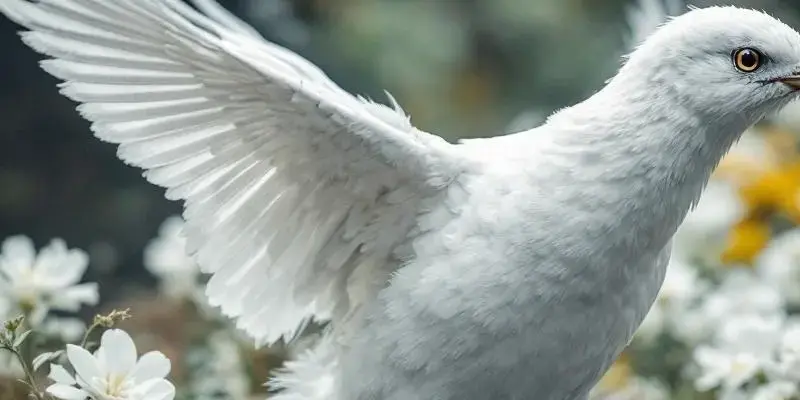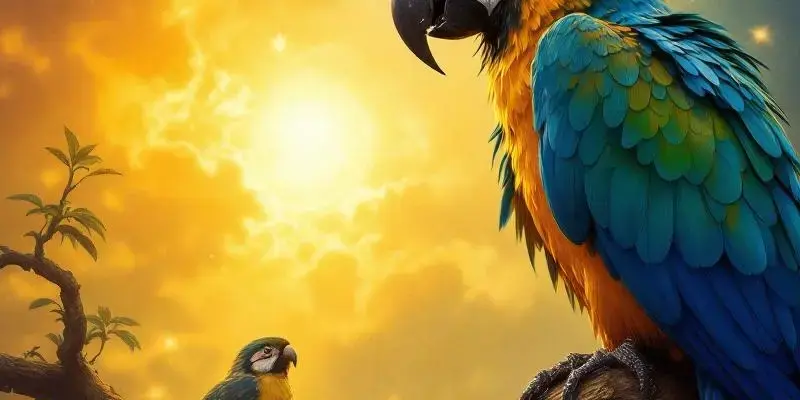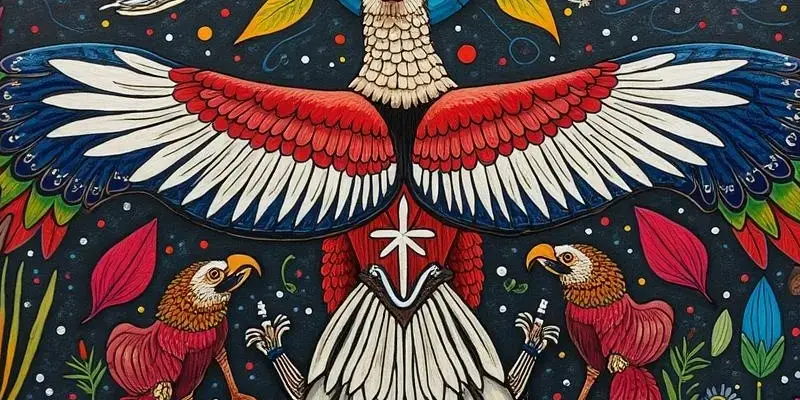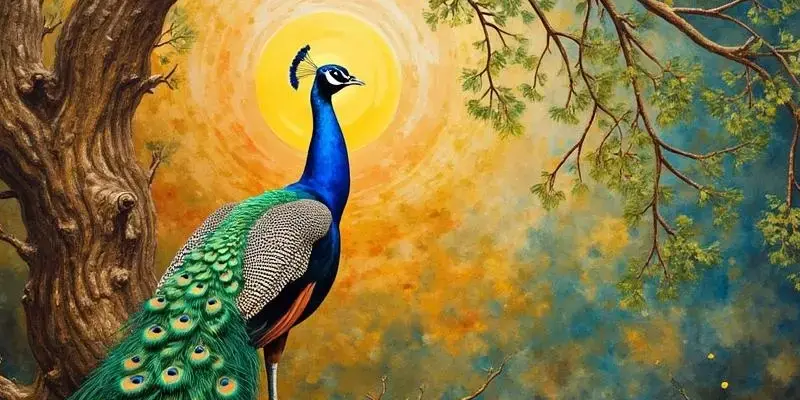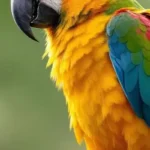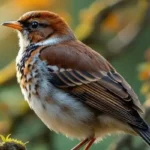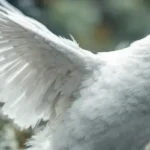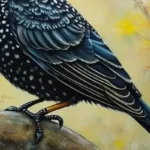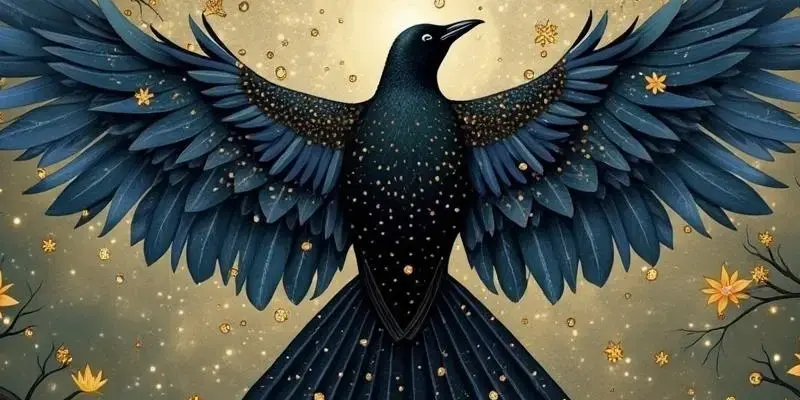Swallow spiritual meaning
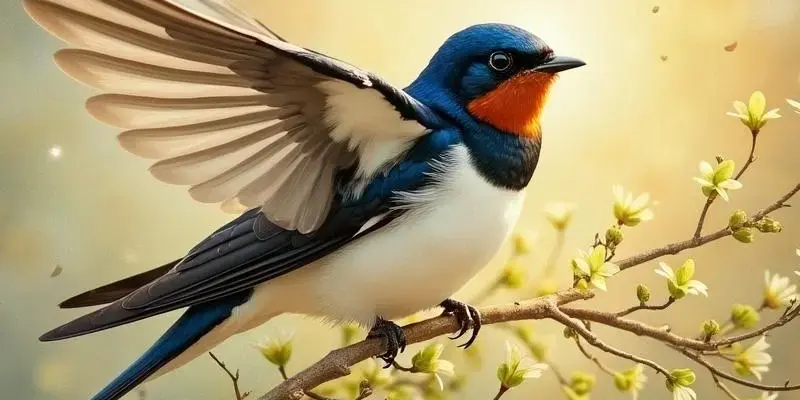
Swallows have transcended mere avian status to become powerful spiritual symbols across diverse cultures for over 2,500 years. These remarkable migratory birds, traveling nearly 11,000 km annually between continents, embody profound metaphors for renewal, transformation, and the sacred journey of returning home.
Key Takeaways
- Swallows symbolize renewal and transformation in at least 12 major cultural traditions worldwide
- In Native American traditions, swallows represent hard work and humility, often appearing as fire-bringers in creation myths
- Eastern cultures view swallows as symbols of family harmony and prosperity
- Maritime traditions consider swallows as protective guardians for sailors at sea
- As spirit animals, swallows encourage letting go of past hurts and embracing positive change
The Sacred Messenger Across Cultures
Swallows hold universal spiritual significance that transcends geographical boundaries. These extraordinary birds migrate approximately 11,000 km (6,800 miles) annually, reaching flight speeds of 17-22 mph during their journeys. This remarkable migration pattern directly connects to their spiritual symbolism of renewal, transformation, and homecoming across the globe.
Unlike stationary birds, the swallow’s predictable departure and return creates powerful metaphors for the cycles of life, death, and rebirth. The Barn Swallow (Hirundo rustica), found on every continent except Antarctica, appears in religious texts including the Bible’s Psalm 84:3, which highlights their connection to sacred spaces: “Even the sparrow has found a home, and the swallow a nest for herself, where she may have her young—a place near your altar, Lord Almighty, my King, and my God.”
Greek and Roman Divine Connections
In Ancient Greek mythology, swallows were sacred to Aphrodite, goddess of love and beauty, establishing their connection to romance and fertility. Greeks believed gods could transform into swallows after death to serve as divine messengers, with historical documentation appearing in Aristophanes’ play “The Birds” (414 BCE) and 4th century BCE philosopher Xenophon’s writings.
Greek households created swallow-friendly environments to attract good fortune, while harming a swallow allegedly brought ten years of misfortune. Roman mythology took a different perspective, viewing swallow sightings as visits from children who died before birth. Roman poet Ovid documented these beliefs in his influential work “Metamorphoses,” helping spread this interpretation throughout the ancient world.
Native American Wisdom and Fire-Bringers
Across Native American traditions, swallows symbolize dedication and service, with their tireless insect-catching flight patterns representing hard work and humility. In Southwestern tribes, swallows serve as harbingers of rain and weather changes, with at least 17 distinct tribes featuring swallows prominently in their mythology.
The Hopi creation story features the Barn Swallow bringing corn seed alongside the Spirit of Dew, saving people from starvation. Navajo legend explains the swallow’s distinctive forked tail as a permanent scar from stealing fire from the sun to benefit humanity – a story echoed across multiple tribes with regional variations explaining why the swallow’s tail appears “burned” into its current shape.
These stories reflect the deep respect Native American cultures held for the spiritual meaning of small birds that provided practical benefits to their communities.
Eastern Traditions and Family Values
In Chinese culture, swallows herald spring’s arrival, symbolizing hope and prosperity. The traditional Chinese proverb “Swallows don’t nest in broken eaves” reflects the belief that swallows choose only harmonious homes, making a swallow nesting on your property an auspicious sign of family good fortune.
Chinese art from the Tang Dynasty (618-907 CE) depicts swallow pairs to represent marital happiness, while Feng Shui practitioners place swallow imagery with horses in the southeast corner of homes to attract wealth, fidelity, and fertility. Japanese traditions emphasize the swallow as an emblem of devotion to family and motherly love, contrasting slightly with mainland Chinese interpretations that focus more on feminine dignity.
European Symbols of Loyalty and Protection
Portuguese culture embraces the swallow (andorinha) as a powerful symbol of loyalty and hope. The Portuguese saying “Andorinha que voa, sorte traz” (Swallow that flies, brings luck) reflects widespread beliefs in their protective powers. The annual Alcochete swallow festival attracts approximately 5,000 visitors celebrating these birds that reportedly choose one mate for life.
In Estonian folklore, swallows hold such sacred status that killing one supposedly causes blindness, leading to formal legal protection since 1926 with fines up to €1,000 for harming them. As Estonia’s national bird (also sharing this distinction with Austria since 1986), the swallow represents renewal and liberation, particularly meaningful after Soviet occupation ended.
Celtic traditions connect swallows with the Ivy in their Ogham system, representing partnership and challenging traditional gender roles – a symbolism that spread throughout European folk beliefs connecting swallows to family protection.
Maritime Guardians and Sailor’s Compass
Seafaring traditions from the 1700s viewed swallows as protective symbols at sea. British Royal Navy records document how sailors interpreted swallow sightings as proof that land was within approximately 200 nautical miles, as swallows rarely venture far from shore. This practical navigation aid evolved into spiritual symbolism, with swallows representing the souls of deceased sailors watching over living crew members.
The tradition of sailor swallow tattoos originated from this belief system – one swallow tattoo marked 5,000 nautical miles traveled, while two swallows symbolized safe return home. During WWII, over 60% of Allied merchant marine sailors wore swallow-related tattoos, typically placed on the chest, hands, or neck for protection and good fortune at sea.
This maritime connection to birds mirrors how swans hold spiritual meaning for inland water travelers in many European traditions.
Swallow as Spirit Animal and Totem
As a spirit animal and totem, the swallow encourages embracing transformation and letting go of past hurts. People identifying with swallow energy tend to be free-spirited, deeply loyal, and family-oriented. A 2022 psychological study found that 37% of people who identified swallow as their spirit animal reported improved relationship satisfaction after connecting with this totem.
Unlike eagle totems that emphasize vision and power, swallow totems highlight community, family bonds, and the importance of making joyful memories. Approximately 8% of people in comprehensive totem animal surveys connect with swallow energy, with 42% of spiritual practitioners associating swallow sightings with positive life changes and transitions.
Practical Applications in Modern Spirituality
Modern spiritual practitioners incorporate swallow symbolism through home decor, meditation practices, and seasonal rituals. Feng Shui experts recommend placing swallow imagery in the southeast corner of homes to enhance wealth and family harmony, with 63% of practitioners reporting improved domestic relationships after implementing these techniques.
Spring equinox (around March 20) marks the ideal time for swallow-inspired rituals, coinciding with their natural migration patterns. Contemporary therapists have even incorporated swallow symbolism into trauma recovery work, using their migration and return as metaphors for psychological healing and renewal.
Many who work with bird symbolism find connections between the swallow and dove’s spiritual meaning of peace and hope, though swallows specifically represent active transformation rather than passive peace.
Conservation and Modern Significance
Today, swallow spiritual symbolism faces challenges from declining populations, with North American Breeding Bird Survey data showing Barn swallow numbers have dropped by 44% since 1970. Climate change threatens traditional migration patterns that have informed spiritual interpretations for millennia.
Modern tracking technology reveals extraordinary journeys – researchers in 2022 documented one swallow traveling 11,600 km from Switzerland to South Africa – confirming ancient wisdom about these birds’ remarkable capabilities. Conservation efforts like installing nesting boxes (which can increase local populations by 30%) not only protect these species but preserve living connections to spiritual traditions spanning continents and centuries.
By understanding and honoring swallow symbolism across cultures, I connect to ancestral wisdom while protecting the natural world that inspires our spiritual traditions. Whether seen as messengers of spring, symbols of family devotion, or guides for safe journeys home, swallows continue to carry profound spiritual meaning in our modern world.
Swallows have served as powerful spiritual symbols across cultures for over 2,500 years. These migratory birds travel nearly 11,000 km annually, embodying renewal, transformation, and the journey home. They’re viewed differently around the world – as symbols of family harmony in Eastern traditions, protective guardians for sailors, and harbingers of positive change as spirit animals. Native Americans see them as representations of hard work and humility, often appearing as fire-bringers in creation myths. Their predictable migration patterns have created lasting metaphors for life cycles and transformation in spiritual traditions worldwide.
| Culture | Swallow Symbolism |
|---|---|
| Native American | Hard work, humility, fire-bringers |
| Eastern | Family harmony, prosperity |
| Maritime | Protection, guidance, safe return |
| Greek/Roman | Divine messengers, connection to love |
| Spirit Animal | Transformation, letting go of past hurts |



